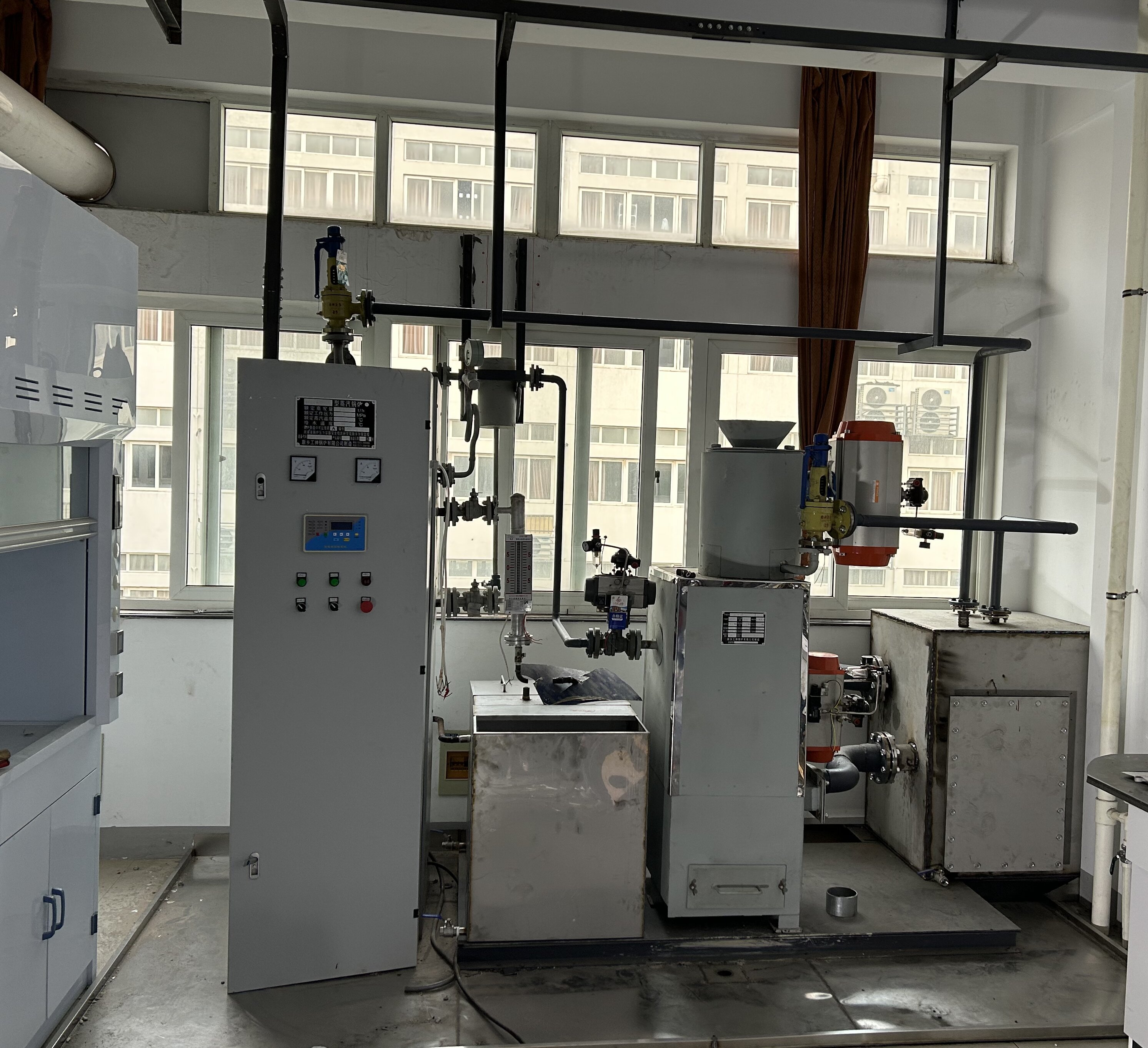
A reaction kettle, broadly understood, is a vessel for physical or chemical reactions. Through structural design and parameter configuration of the container, it achieves heating, evaporation, cooling, and low/high-speed mixing functions required by industrial processes.
Reaction kettles are widely used in petroleum, chemical, rubber, pesticide, dye, pharmaceutical, and food industries. They serve as pressure vessels for completing processes such as vulcanization, nitration, hydrogenation, alkylation, polymerization, and condensation – including reactors, reaction vessels, decomposition vessels, and polymerization kettles. Common materials include carbon-manganese steel, stainless steel, zirconium, nickel-based alloys (Hastelloy, Monel, Inconel), and other composite materials.
Keywords:
Reaction Kettle

Reaction Kettle
Contact Us
Product Classification
Related Products
Complete Set of Equipment for Gas Explosion
Circulating Fluidized Bed Boiler





